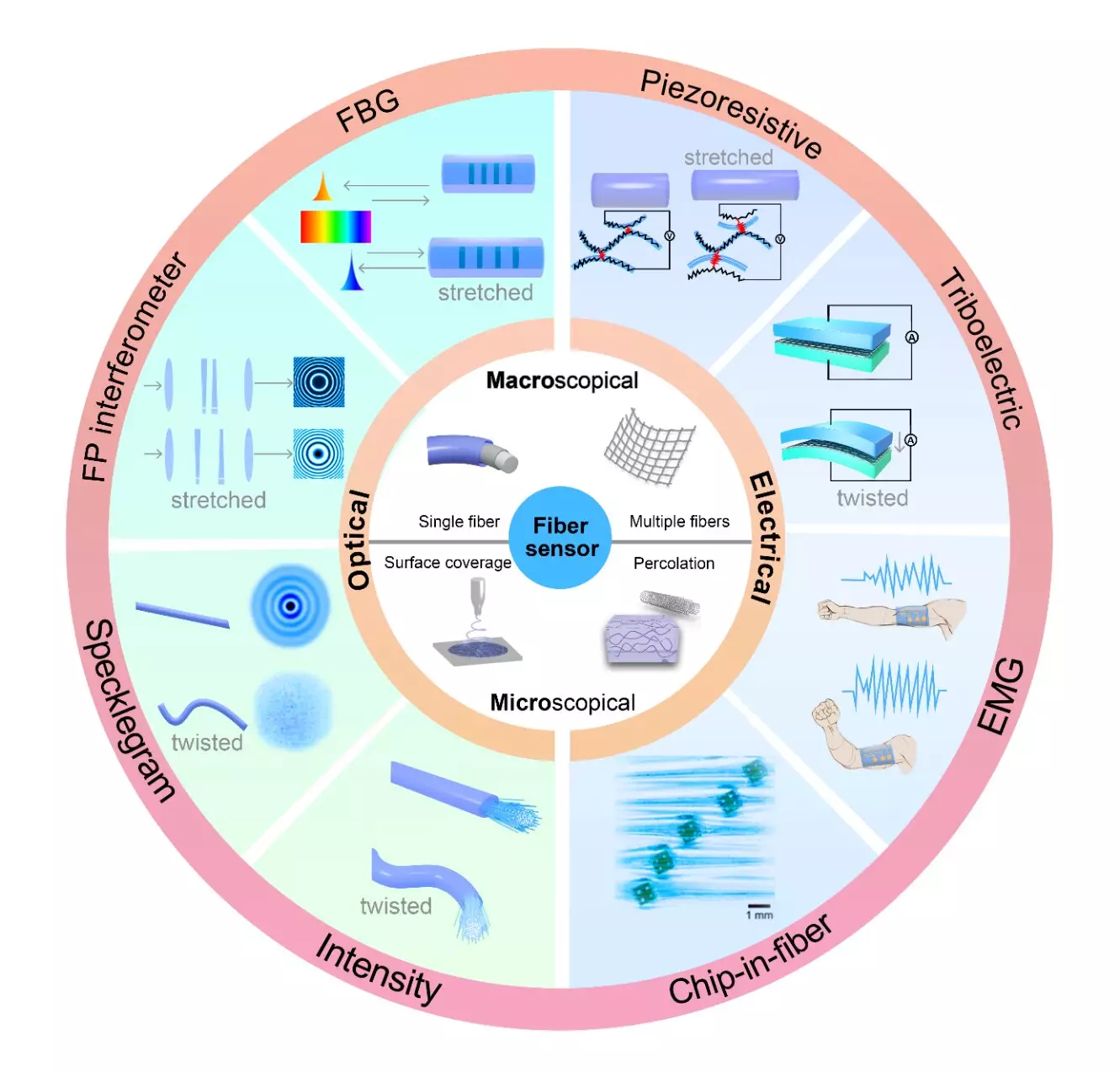The explosive growth of artificial intelligence (AI) over the last decade represents a pivotal shift in how technology interfaces with our everyday lives, particularly in the realm of wearable devices. Central to this transformation is machine learning, a key component of AI that revolutionizes data processing capabilities. Within this domain, deep learning stands out as it delves deep into complex datasets, unveiling insights that were previously inaccessible. This technological evolution not only streamlines the data extraction process but also crafts a pathway toward smarter, more efficient wearable technology.
The Intersection of Fiber Sensors and Machine Learning
One of the most promising advancements in wearables is the integration of fiber sensors with machine learning algorithms. A recent analysis categorizes the various machine learning techniques employed in conjunction with these sensors, refining them into traditional methodologies and deep learning approaches. Traditional algorithms, such as linear regression and support vector machines, have formed the foundation of many applications; however, it is the advanced techniques like reinforcement learning and generative adversarial networks that hold the most potential for the future.
Fiber sensors, which can be classified based on their working principles—optical and electrical—allow for innovative applications in everyday wearable technology. Optical methods utilize technologies like Fiber Bragg Gratings (FBG) and Fabry-Pérot interferometers, while electrical sensors may incorporate piezoresistive and triboelectric principles. Such versatility enables these sensors to be lightweight and unobtrusive, making them ideal candidates for integration into smart clothing and daily wear.
Current Limitations and Future Opportunities
Despite significant advancements, there are notable limitations in the current implementation of machine learning within fiber sensors. At present, most applications predominantly focus on mechanical forces, with many sensors primarily collecting data related to pressure or deformation. This narrow scope overlooks other valuable metrics such as temperature, humidity, and light intensity—information that could enrich the data captured and expand the capabilities of wearables.
Moreover, while machine learning is continuously evolving, we see a lag in the application of cutting-edge techniques. The latest innovations—such as attention mechanisms, self-supervised learning, and generative models—have not yet been fully leveraged within wearable applications. This presents a significant opportunity for researchers and developers to bridge the gap and explore how these advancements can enhance the functionality and user experience of wearable technology.
As the fusion of AI and fiber sensor technology evolves, the potential for the next generation of wearable devices to alter daily life is tremendous. Looking forward, it is crucial not just to innovate but to enhance the intelligence, comfort, and efficiency of these devices. With continued research and application of sophisticated machine learning algorithms, we are on the cusp of a new era where wearable technology seamlessly integrates into our lifestyles—providing us with profound insights and enhancing our well-being in ways previously unimagined. The journey from traditional wearables to sophisticated smart clothing has only just begun, and the possibilities are boundless.

